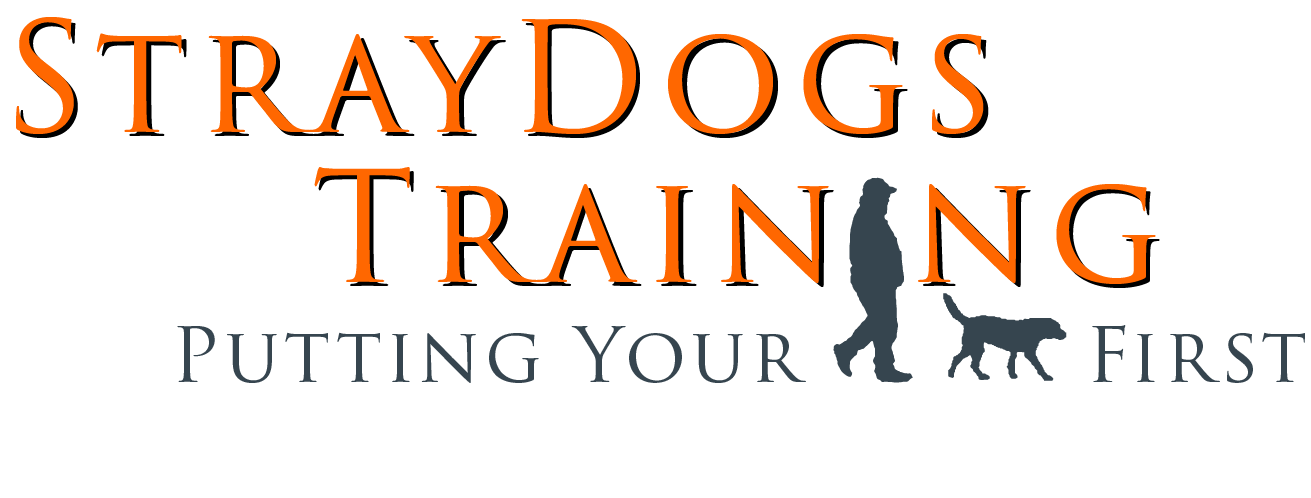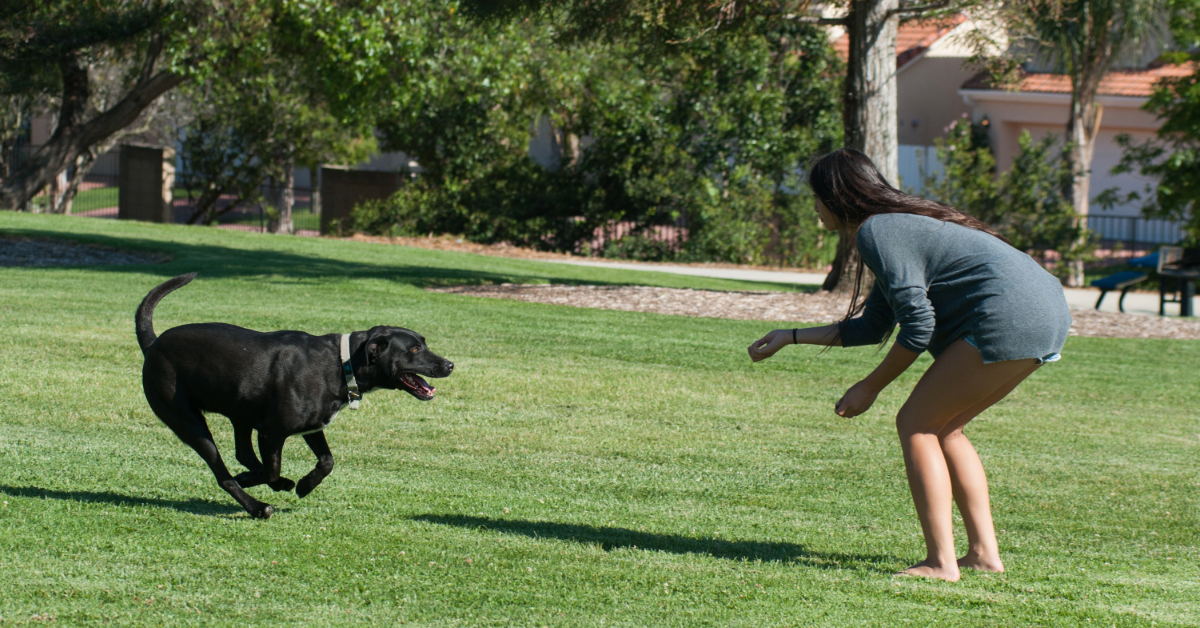When your dog comes when called—no matter what—you gain more than just control. You gain freedom, trust, and peace of mind.
Whether you are hiking off-leash, navigating a storm, or trying to keep your dog from bolting after a squirrel, a rock-solid recall is your dog’s emergency lifeline.
In this post, we will walk through:
- A step-by-step guide to teaching a reliable recall
- Real-world examples of when a solid recall can save your dog’s life
- Why recall training is a key part of your preparedness mindset
Let’s get into it.
Why Recall Matters
Your dog’s ability to come when called is not just a party trick—it is a potentially life-saving skill.
Imagine these scenarios:
- You are on a wooded trail, and a deer dashes past. Your dog bolts—but immediately returns at your call.
- A storm breaks a gate open, and your dog slips out. You spot them in the neighbor’s yard. You call once—and they come sprinting back.
- Your leash snaps near a busy street. One word—“Come!”—and your dog turns around without hesitation.
A reliable recall is one of the most empowering tools in dog ownership. But it does not happen by accident. It takes practice, patience, and planning.
Step-by-Step: How to Train a Reliable Recall
The goal is to make “Come” the most rewarding word your dog knows. Here’s how to get there.
Step 1: Choose Your Cue
Pick a specific word or phrase you will always use. Common options:
- “Come”
- “Here”
- “Let’s go!”
Use it consistently and only for recall—not for punishment or bath time.
Step 2: Start Indoors or in a Low-Distraction Area
Set your dog up for success:
- Get their attention.
- Say your recall word in a cheerful tone.
- Back away as they come toward you.
- When they arrive, reward with food, play, or praise.
Repeat in short sessions of 5–10 minutes.
Step 3: Add High-Value Rewards
Make it worth their while. Use:
- Chicken or hot dog slices
- Tug toys (if your dog is toy-motivated)
- Chase games (you run away and they chase you)
You are building an association: “Coming to you = awesome things happen.”
Step 4: Practice on a Long Line Outdoors
Use a 15–30 ft long leash to add distance and distractions while maintaining safety.
- Call your dog and reel them in gently if needed.
- Reward heavily when they come all the way to you.
- Avoid repeated calling—make every recall count.
Step 5: Introduce Real-Life Distractions
Gradually increase the challenge:
- Practice at the park, during walks, or with other dogs nearby.
- If they ignore you, do not scold—just reduce distractions next time and rebuild.
Step 6: Use Random Reinforcement
Once your dog has a consistent recall, shift to random rewards:
- Sometimes a treat, sometimes a game, sometimes a big celebration.
- This keeps them guessing and motivated.
Common Recall Mistakes to Avoid
- Repeating the cue: Say it once, then follow through.
- Calling when you cannot enforce: Do not call your dog off-leash in new settings before they are ready.
- Punishing after they come: Even if they were naughty before, coming to you should always end in something positive.
- Using it only when fun ends: Mix up when you call them—sometimes let them go back to playing afterward.
Real-Life Recall in Action
These stories from Northwest Arkansas clients highlight the power of a trained recall:
Off-Leash Adventure Gone Right
One client hiked regularly with their Labrador off-leash. A rabbit jumped out, and the dog took off—but came back instantly at the recall cue. “That training saved me from losing her in the woods,” they said.
Tornado Watch Turned Escape Attempt
During spring storms, a gate blew open and a foster dog got out. The recall cue—used daily in fun sessions—worked even in the high-stress moment. He ran right back through the front door.
Preparedness Starts with Training
When we talk about preparedness, we often think of food, water, or medical kits. But behavior is a form of readiness too.
A reliable recall is like a fire drill for your dog. You hope you never need it in a true emergency—but if you do, it can mean the difference between safety and heartbreak.
The more your dog practices coming to you, the more it becomes second nature—no matter what is going on around them.
Final Takeaway
Training a rock-solid recall takes time, consistency, and the right rewards—but it is one of the most valuable investments you can make in your dog’s safety and your peace of mind.
Start small, build up, and make it fun. One word could change everything.
Ready to take your dog’s training to the next level?
Check out our in-home training services—perfect for building recall skills in real-life environments.
Learn more here →

